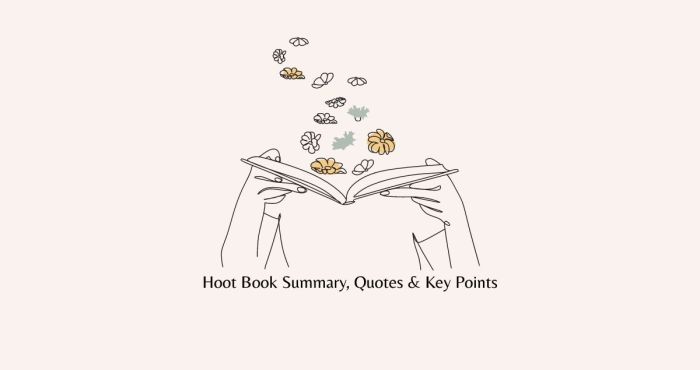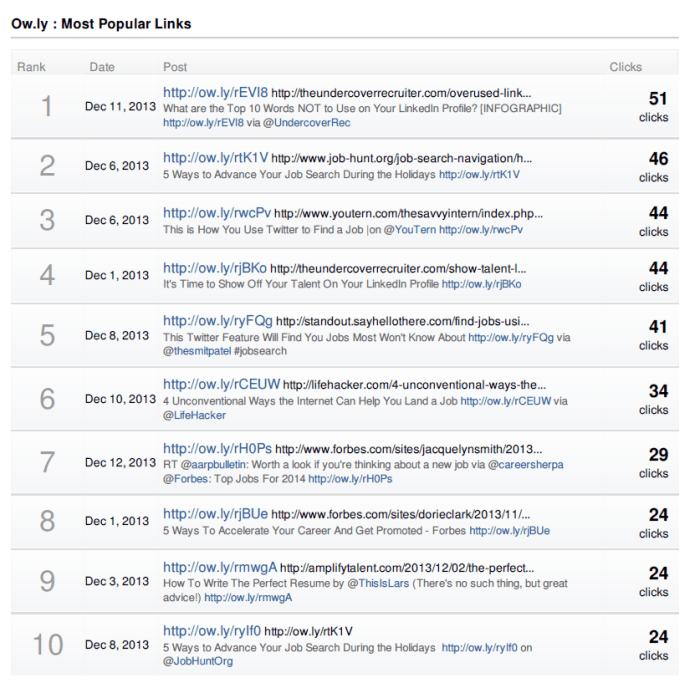Hoot book summary by chapter embarks on a captivating literary journey, exploring themes of environmentalism, friendship, and the power of standing up for what’s right. Join Roy Eberhardt, an ordinary boy thrust into an extraordinary adventure, as he uncovers a sinister plot that threatens the delicate balance of his Florida hometown.
From the opening chapter to the thrilling conclusion, this detailed summary delves into the intricacies of Carl Hiaasen’s beloved novel, capturing the essence of its characters, conflicts, and the profound impact it has on readers.
Hoot

Hoot, a novel by Carl Hiaasen, explores environmentalism and political corruption through the adventures of Roy Eberhardt, a young boy who uncovers a sinister plot involving a crooked businessman and a threatened owl habitat.
The novel’s primary themes include the importance of protecting the environment, the dangers of unchecked development, and the power of young people to make a difference.
Character Analysis: Roy Eberhardt
Roy is a resourceful and determined protagonist who faces challenges with courage and a strong sense of justice. He is an advocate for the environment and the voiceless creatures that inhabit it.
Roy’s strengths include his intelligence, resilience, and empathy. However, he can also be impulsive and quick-tempered, leading him into dangerous situations.
Roy’s motivations are driven by his love for nature and his desire to protect the environment. He believes that everyone has a responsibility to speak up for those who cannot speak for themselves.
Environmental and Political Issues
Hoot highlights the importance of protecting the environment and the dangers of unchecked development. The novel portrays the devastating consequences of deforestation and habitat destruction, and the threats posed to endangered species.
The novel also addresses political corruption and the influence of money in politics. It explores the ways in which powerful individuals can manipulate the system to benefit themselves at the expense of the environment and the public good.
Chapter-by-Chapter Summary

Prepare yourself for an exciting literary adventure with Hoot, a captivating novel that follows Roy Eberhardt, a sixth-grader on a mission to save owls from imminent danger. Join us as we delve into each chapter, uncovering the intricate plot, introducing memorable characters, and highlighting key events that shape Roy’s extraordinary journey.
Chapter 1: A New Beginning
Roy Eberhardt, a Florida native, finds himself uprooted from his home and thrust into the unfamiliar surroundings of Coconut Cove, a small town where secrets lurk beneath the surface. As he navigates his new school, Roy befriends Beatrice Leep, an eccentric and environmentally conscious classmate who sparks his curiosity about the mysterious “hooters” in the nearby woods.
Chapter 2: Uncovering the Truth
Roy’s curiosity intensifies as he begins to investigate the “hooters,” discovering a construction site encroaching on their habitat. Determined to protect the owls, Roy teams up with Beatrice and her nature-loving mother, Mrs. Leep. Together, they embark on a secret mission to expose the truth behind the construction project and save the owls from imminent danger.
Character Analysis
The characters in Hoot play crucial roles in driving the plot and conveying the novel’s themes. Each character has unique motivations, relationships, and impact on the story.
Main Characters
| Character | Motivations | Relationships | Impact on Plot |
|---|---|---|---|
| Roy Eberhardt | Protect Mullet Fingers Woods and the burrowing owls | Befriends Beatrice, becomes rival with Chuck Muckle | Leads the campaign to save the woods, confronts Chuck |
| Beatrice Stubbs | Initially indifferent, later becomes passionate about saving the woods | Becomes Roy’s friend, opposes Chuck’s plans | Joins Roy’s cause, helps expose Chuck’s true nature |
| Chuck Muckle | Greed, desire for profit | Boss of Curly and Dana, rival of Roy and Beatrice | Develops plans to destroy the woods, antagonizes Roy |
| Curly and Dana | Follow Chuck’s orders | Assist Chuck in his plans, harass Roy and Beatrice | Provide comic relief, highlight the dangers of blindly following authority |
Beatrice Stubbs’ Transformation
Beatrice undergoes a significant transformation throughout the novel. Initially portrayed as indifferent and apathetic, she gradually develops a strong sense of compassion and determination.
This change is sparked by her encounter with Roy and the realization of the environmental destruction caused by Chuck’s plans. Beatrice’s empathy for the burrowing owls and her growing friendship with Roy motivate her to take action and fight for the preservation of Mullet Fingers Woods.
Secondary Characters
Secondary characters also contribute to the story’s development:
- Polly Reed: Roy’s grandmother, provides support and wisdom
- Stu Miley: A journalist who helps expose Chuck’s corruption
These characters provide valuable perspectives, support the main characters, and reinforce the novel’s themes of environmental protection and the importance of standing up for what is right.
Symbolism and Motifs: Hoot Book Summary By Chapter
Throughout the novel Hoot, Carl Hiaasen employs various symbols and motifs to convey deeper meanings and enhance character development. These literary devices play a crucial role in exploring the novel’s central themes of environmentalism, friendship, and the struggle between good and evil.
Symbolism
The Hoot Owl:The titular hoot owl represents the endangered wildlife and the importance of preserving their habitats. Its haunting call symbolizes the fragility of the ecosystem and the consequences of human encroachment.
The Moat:The moat surrounding the Mullet Fingers construction site represents the obstacles and dangers that threaten the environment and those who fight to protect it.
The Pancakes:Pancakes symbolize comfort, safety, and the bonds of friendship. Mrs. Medlock’s pancakes provide solace and nourishment to the trio of protagonists, reinforcing the idea that community and support are essential in the face of adversity.
Motifs, Hoot book summary by chapter
The Battle between Good and Evil:The conflict between Roy, Beatrice, and Mullet Fingers represents the larger struggle between environmentalists and those who prioritize profit over the well-being of the planet.
The Power of Youth:The trio of protagonists demonstrates the ability of young people to make a difference and fight for what they believe in, even against seemingly insurmountable odds.
For an in-depth look at the Hoot book, chapter by chapter, check out our detailed summary. While reading, you’ll encounter the intriguing characters Sif and Anton, whose family history is explored in the pedigree of Sif and Anton . This fascinating document provides insights into their lineage and the complexities of their family relationships.
As you delve deeper into the Hoot book summary by chapter, don’t miss out on this captivating side story.
The Importance of Friendship:The strong bond between Roy, Beatrice, and Mullet Fingers highlights the power of friendship and the support it provides during challenging times.
Literary Devices
In Hoot, Carl Hiaasen employs various literary devices to enhance the story’s impact and create a vivid and immersive reading experience. Foreshadowing, irony, and humor play significant roles in shaping the narrative and conveying the author’s themes.
Foreshadowing hints at future events, building suspense and anticipation. For instance, the description of the “poisonous” Mullet Fingers plant foreshadows the danger it poses to the owls and the conflict it will create.
Irony
Irony is used to create contrast and highlight the absurdity of situations. One example is the irony of Mrs. Medlock’s obsession with preserving nature while ignoring the destruction caused by her development project.
Humor
Hiaasen incorporates humor to lighten the tone and make the story more engaging. The witty banter between characters, such as Beatrice and Roy’s sarcastic remarks, adds a comedic element to the narrative.
Language and Imagery
Hiaasen’s use of vivid language and imagery paints a vivid picture of the Florida setting. His descriptions of the “mangrove swamp” and the “cacophony of bird calls” create a sense of place and immerse the reader in the story’s environment.
Question Bank
What is the main conflict in Hoot?
The main conflict in Hoot is the battle to save the burrowing owls’ habitat from destruction by a greedy pancake house developer.
Who is the main character in Hoot?
The main character in Hoot is Roy Eberhardt, a sixth-grader who loves nature and is determined to save the owls.
What are the main themes in Hoot?
The main themes in Hoot are environmentalism, friendship, and the importance of standing up for what’s right.